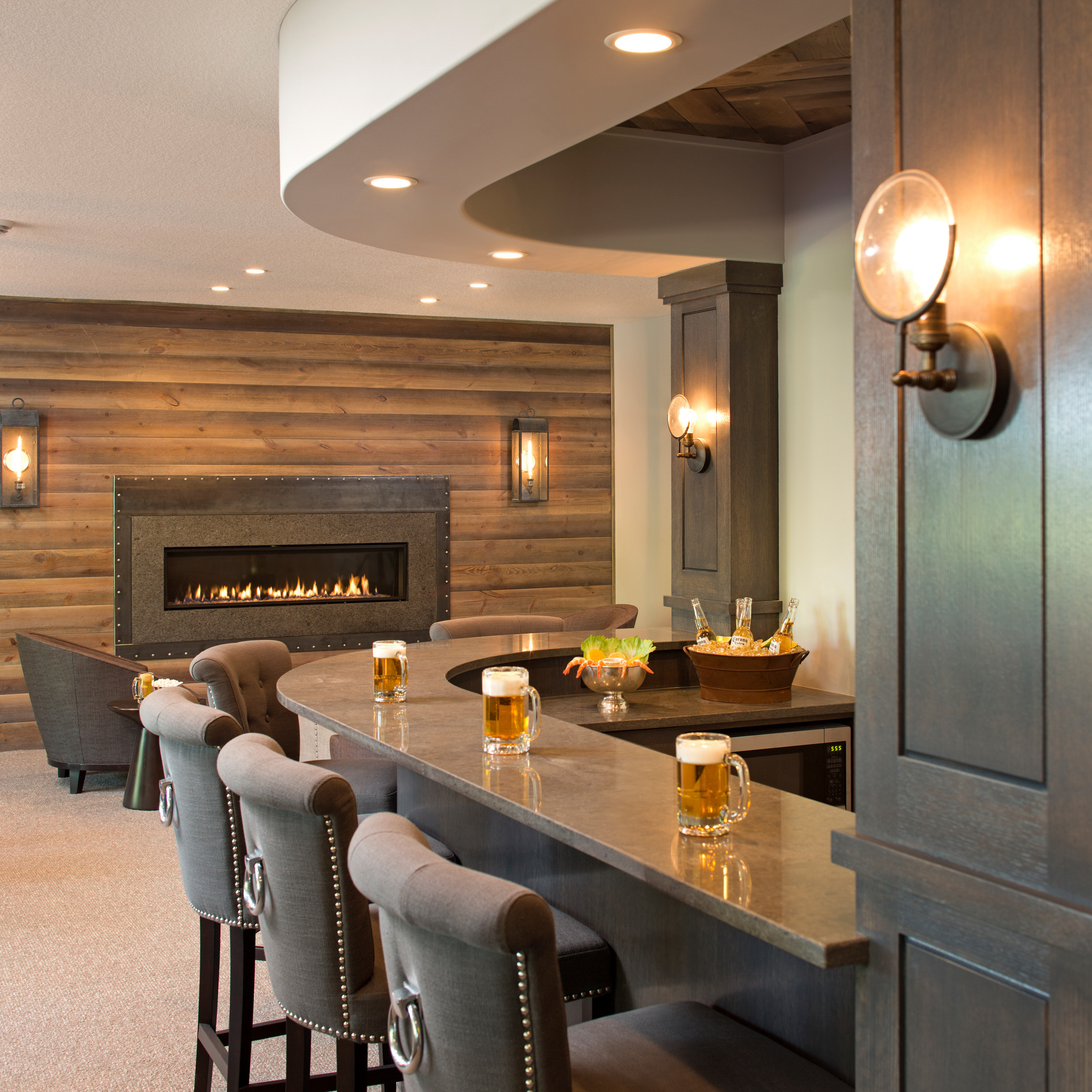The History of Filament Bulb Lamps
Filament bulb lamps, also known as incandescent lamps, have a rich history dating back to the late 19th century. The first practical incandescent lamp was invented by Thomas Edison in 1879. It consisted of a filament made of carbon that was heated until it became white hot and produced light. Edison’s early versions of the filament bulb were not very efficient, but over time improvements were made until it became the most common form of domestic lighting for much of the 20th century.
The Science of Filament Bulb Lamps
Filament bulb lamps work by using a thin wire filament made of tungsten. When an electric current passes through the filament, the wire heats up and begins to glow, emitting light. The filament is trapped inside a glass bulb that is filled with an inert gas, such as argon, which helps to prevent the filament from burning up. When the filament is turned on, it emits a warm, yellowish light that is similar in color to candlelight, making it a popular choice for creating a cozy atmosphere in homes and restaurants.
The Advantages of Filament Bulb Lamps
One of the main advantages of filament bulb lamps is their warm, nostalgic glow. Unlike modern LED bulbs, which emit a harsh, bluish light, filament bulbs create a soft, warm light that makes any room feel cozy and inviting. Additionally, filament bulbs are highly customizable, as they come in a variety of shapes, sizes, and filament styles, making them perfect for enhancing the beauty of any interior design.
Another advantage of filament bulb lamps is that they are relatively inexpensive compared to other lighting options. While LED bulbs may be more energy-efficient, they can be quite expensive, with some models costing over $20 per bulb. Filament bulbs, on the other hand, can be purchased for as little as a few dollars each, making them an affordable option for homeowners and restaurant owners alike.
The Future of Filament Bulb Lamps
Despite their many advantages, filament bulb lamps are slowly being phased out due to their energy inefficiency. LED bulbs are rapidly becoming the preferred choice for lighting, as they are much more energy-efficient and have a much longer lifespan than filament bulbs. As such, many countries are phasing out filament bulbs altogether, mandating the use of energy-efficient bulbs instead.
However, many people still opt for filament bulb lamps for their warm, cozy glow and nostalgic appeal. Sleek modern designs have been introduced that enhance the aesthetic appeal of vintage filament lamps while accommodating modern technology.


